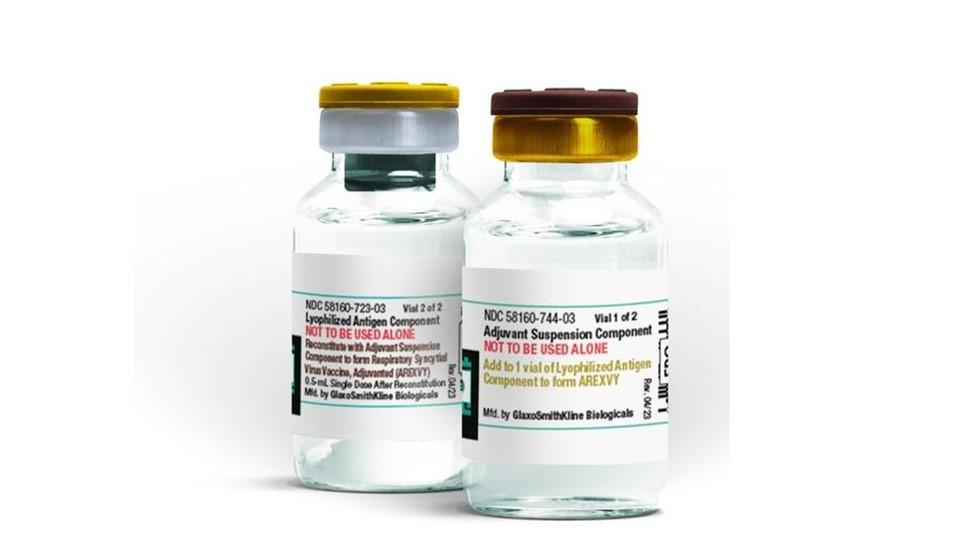NICE’s Office for Market Access: just how helpful can it be?

NICE has just launched its Office for Market Access (OMA), a new, fee-based service for industry to speed up adoption of new medicines, devices and diagnostics by the NHS.
Judging from its name, the OMA sounds like it could be the answer to the UK pharma industry's prayers: a solution to the country's slow and fragmented market access system.
Unfortunately, the OMA is no magic bullet for fixing the system. But it does show NICE considering the industry a little bit more like a customer, and slightly less like an adversary.
Faster, more joined-up conversations
The UK's healthcare cost effectiveness watchdog says the new initiative is in response to a rapidly changing landscape for market access. Numerous new initiatives have been aimed at addressing bottlenecks in the system, but have also created extra complexity and confusion.
The OMA will be a paid-for, additional service offered to companies, rather than a part of NICE's mainstream work.
NICE hopes the OMA will start to generate revenue within a few years, allowing it to be a self-funding service.
From NICE's perspective, the OMA will help it demonstrate that it genuinely supports uptake of valuable new innovation, balanced against its job of ensuring value for money for the NHS.
The fee-for-service is necessary as NICE, like many other government agencies, has had its budget cut (3.5 per cent in 2014/15) despite demands on it continuing to grow.
For industry, using the OMA could help companies build a better business case. It could also speed up conversations about price and market access, providing a clearer path to NICE's Patient Access Schemes Liaison Unit (PASLU), for instance. PASLU is the division which brokers talks on drug price discounts – negotiations which often clear the way for a final 'yes' from NICE.
NICE says all interested stakeholders will be offered an initial free-of-charge OMA meeting to discuss their needs. Companies will then be offered access a range of fee-based services, designed to help tackle common challenges in getting access on the NHS.
Firms paying for the service will have a dedicated team at NICE to help with enquiries about health technology evaluation, offering tailored support to 'identify the most appropriate journey for their products within NICE'.
A spokesperson told pharmaphorum that, as each service is tailored to specific requirements, the OMA doesn't have a set fee structure.
NICE says its established relationships with regulators, research organisations, NHS organisations, government departments and healthcare trade associations, will enable the OMA team to facilitate 'beneficial interactions with the right people'.
Professor Carole Longson, NICE health technology evaluation centre director, said:
"NICE can encourage the faster development and delivery of new, effective, innovative and affordable drugs and technologies to patients. As part of this, we are launching an Office for Market Access. OMA will help to improve the rates at which drugs, devices and diagnostics get picked up and adopted by the NHS.
"It will speed up the adoption of innovative and cost-effective health technologies by helping companies to get the right evidence, develop a better business case and engage with the right people."
Making sense of England's market access system
The new service is aimed at helping companies to navigate NICE's procedures, which is itself just a part of a disconnected and complex system.
One new addition to the potential routes to market access is the Medicines and Healthcare products Regulatory Agency's (MHRA) Early Access to Medicines Scheme (EAMS). This allows conditional and adaptive licensing. One of the first drugs approved through EAMS is Merck's new cancer immunotherapy Keytruda, which has also just received NICE approval in melanoma.
NICE says the OMA can use its connections with the MHRA and others could help join up the decision-making.
Dr Paul Catchpole, the ABPI's Director of Value and Access, said the division was welcomed by industry.
"Any initiative which strengthens relationships and delivers earlier, more frequent and meaningful dialogue between the life sciences industry, regulators, NICE, and the NHS can only help speed up and improve the adoption and use of innovative medicines for NHS patients."
However, speaking to pharmaphorum in May, Dr Catchpole made it clear that the OMA would not be able to address the systemic, structural problems of market access in England and the wider UK.
The industry remains unhappy with market access in the country, which still sees the UK lagging behind as a 'low and slow' adopter of new medicines compared to other western European countries – even when drugs gain NICE approval.
One of the ABPI's longstanding, central demands has been for NICE's appraisal methods to be reviewed. It says the current QALY system and threshold is too inflexible, meaning many valuable drugs are rejected.
However the OMA is not expected to address this issue, or the root causes of this fragmentation and confusion.
The bigger question: is a single value assessment possible?
The pharma industry hopes that a wider review – the Accelerated Access Review (AAR) – could address these problems.
It aims to create a 'lit runway' for innovation, fixing the disconnects within the system from research to market access approval to uptake on the NHS.
The review and consultation is currently underway and is broad and ambitious. However its ability to guarantee faster access to new innovations is certain to be constrained by the NHS financial crisis, which is deepening.
Speaking at NICE's annual conference in Liverpool yesterday, Paul Catchpole made it clear that the ABPI would like to see one single, national value assessment.
However, even within England this could be a tall order – NHS England is determined to hold on to some market access decisions, which has already created conflict between it and NICE.
Meanwhile, the AAR has seen its final report deadline set back from December to April 2016, a move which will help the review co-ordinate with changes to NHS England's Cancer Drugs Fund.
Finally, government-backed devolution of health and social care spending in England could make things even more complicated, not simpler. The Greater Manchester region will be the first to take control of budgets from April 2016, with talk of it even opting out of following NICE guidance.
Amid all this change and vying for power, NICE is actually favoured by pharma because of its clearer remit, greater transparency and well-established appraisal system.
Once all these changes go through, the chances of a unified, single value assessment being created look slim. In the meantime, the OMA shows NICE trying to eke out new efficiencies and joined-up conversations wherever it can.
Further details of NICE's OMA can be found here.
Related articles
NICE calls the shots on Harvoni – but NHS England eyeing price controls 6 August 2015
NICE to launch 'Office for Market Access' 22 May 2015











